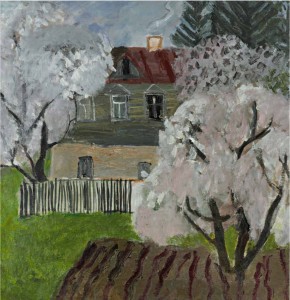Bans of this kind never work, though: the artists who set up the AkhRR wanted to be generals themselves. And it was primarily “generals” they were interested in. They sought to and did become part of the bureaucratic system. This makes modern art critics perceive their work as limited to a specific and narrow task – collecting and recording maximum amounts of facts that would embellish reality. That reality was a set of fictions. It was limited to the realm of politics and was increasingly decorative in style. This explains why there are so many works that illustrate the history of socialist realism but have so little to do with actual history, or, to be more precise, with stories of real, ordinary people.
The post-avant-garde art of the twenties and thirties is an outstanding, significant and eventful phenomenon in the country’s history. Today it looks as an extensive cultural research program of the first three decades of the 20th century and is often seen as an environment that brought into life alternative art of the 20th-century Russia.
The post-avant-garde movement was the search for new ways for art to exist in contemporary world. Post-avant-garde artists were tackling creative tasks and devising artistic languages that would be up to the tremendous changes that the world had undergone and was still undergoing. The world was swiftly changing before the eyes of those born around the turn of the century, a generation who came into the world of art in the early twenties and had their ideas and principles shaped by radicalism and experiments of the pre-revolutionary avant-garde movement.
Art was looking for its role in that changed world. Artists and art theorists believed that art played a much more significant role in those new times. New art was seen as more then a task of describing the world. The work of an artist was perceived as being similar to scientific or philosophical endeavor, and artists sought to understand and explain the world as a system. Many of the artists were not just working to put new art into being. They also set themselves the aim of creating a new world, of designing matrices for it. Those attempts were not limited to political pragmatism. They stemmed from an empathetic attitude to changes that the world of art was undergoing. Such changes came at a huge price: the reconstruction of the cultural environment entailed changes in the human personality as well.



